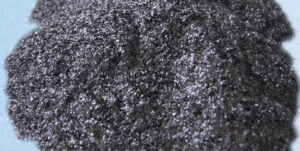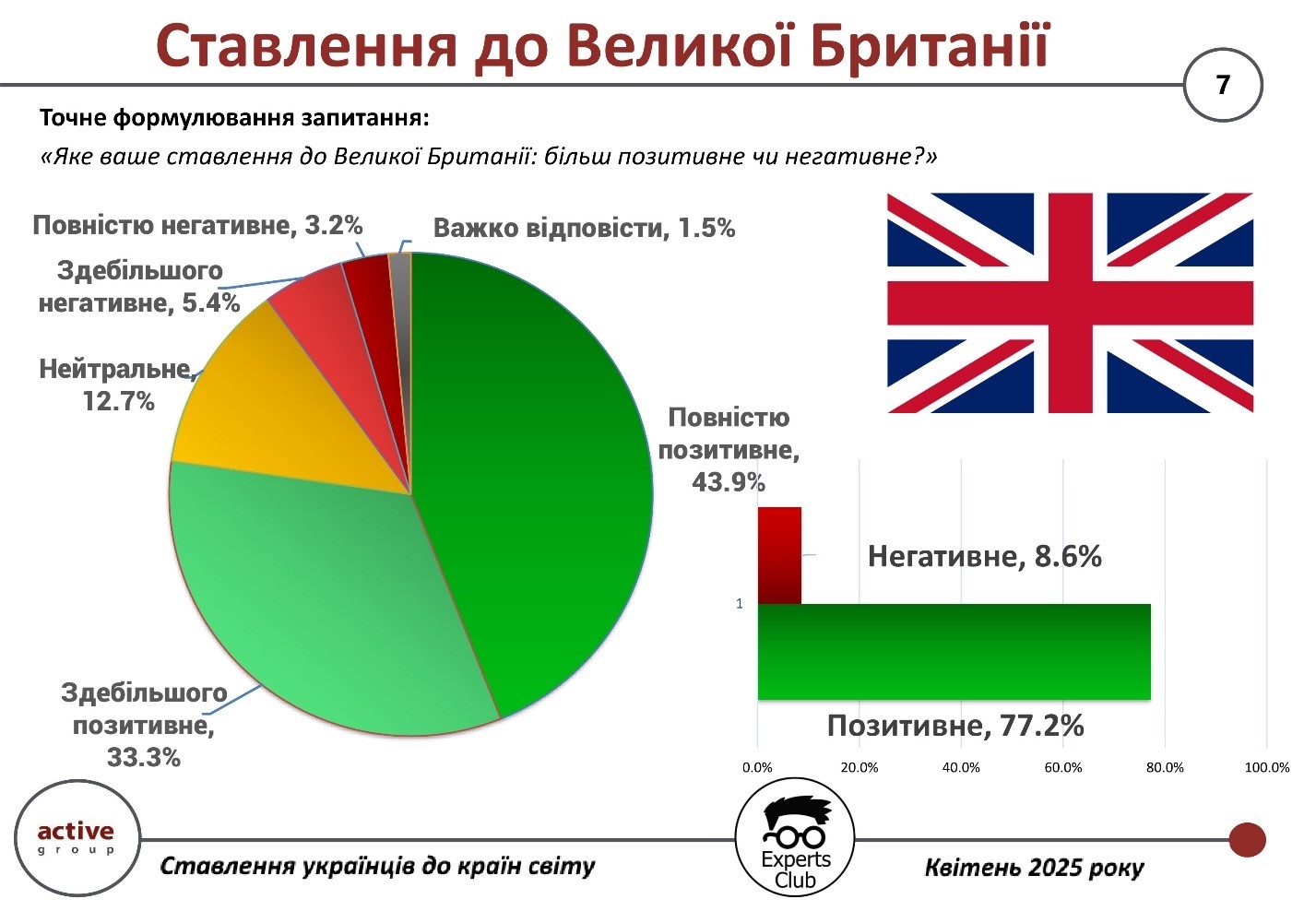Geographical structure of Ukraine’s foreign trade (surplus) in January-December 2024, million USD


Zavale Graphite Plant (ZGP, Zavalle, Kirovohrad region) increased its net loss by 11.7% in 2024 compared to 2023, from UAH 2.039 million to UAH 2.278 million.
According to the company’s disclosure in the National Securities and Stock Market Commission’s information disclosure system, a shareholders’ meeting will be convened on June 16 this year. There are nine items on the agenda, including the supervisory board’s report for 2024, approval of measures based on its review, as well as approval of annual reports and balance sheets for the past year, hearing of the conclusions of the audit report and approval of measures based on its review; approval of the results of financial and economic activities and the procedure for covering losses.
It is also planned to terminate the powers of the members of the supervisory board and elect new ones, as well as to adopt a decision on granting consent to significant transactions.
According to draft decisions, copies of which are available at Interfax-Ukraine, it is planned not to accrue or pay dividends.
The main product of ZGK is crystalline graphite, which is used in the production of foundry additives, coatings, foundry paints, sealing compounds, etc.
According to the NDU for the fourth quarter of 2024, Grafinvest LLC owns 78.9472% of the shares of ZGK.
PJSC ZGK includes a subsidiary, Zavalivsky Graphite LLC.
The authorized capital of PJSC is UAH 286,000, and the par value of a share is UAH 0.25.

Great Britain is confidently included in the list of countries that Ukrainians view most favorably. This is evidenced by the results of a public opinion poll conducted by Active Group in collaboration with the Experts Club information and analytical center in April 2025.
According to the poll, 77.2% of Ukrainians have a positive perception of Great Britain (43.9% — completely positive, 33.3% — mostly positive). Only 8.6% of respondents expressed a negative attitude (5.4% mostly negative, 3.2% completely negative), while 12.7% chose a neutral position and 1.5% were undecided.

“London’s support during the war, both political and military, was not only noticed but also highly appreciated by Ukrainian society. The UK is perceived as a reliable ally,” commented Alexander Pozniy, co-founder of Active Group.
These results confirm not only the positive image of the UK in Ukraine, but also the strengthening of the strategic partnership at the level of public trust.
The presentation of the study is available at the link.
ACTIVE GROUP, DIPLOMACY, EXPERTS CLUB, Pozniy, SOCIOLOGY, URAKIN

American Cardinal Robert Prevo has been elected the new Pope, taking the name Leo XIV.
The election was announced on Thursday by French Cardinal Dominique Mamberti, who spoke from the balcony of St. Peter’s Basilica to the crowd gathered in St. Peter’s Square.
According to Vatican News, the Conclave elected the 267th Pope of Rome, announcing Cardinal Robert Prevo from the United States as the new pontiff.
It is noted that Prevo is the first Pope from North America and the first Augustinian Pope. The 69-year-old Prevo spent most of his career as a missionary in Peru.
Robert Francis Prevost was born in 1955 in Chicago (USA) and also has Peruvian citizenship.
He received his secondary education at the minor seminary of the Order of St. Augustine in 1973 and received a bachelor’s degree in mathematics in 1977. He was ordained a priest of the Order of Saint Augustine in Rome in 1982, after which he obtained a licentiate and a doctorate in canon law at the Pontifical
University of Saint Thomas Aquinas in Rome.
In 1985, he joined the Augustinian mission in Peru, where he headed the seminary and taught canon law. From 2001 to 2014, he was Prior General of the Augustinians in Chicago (elected twice). In 2015, he was appointed bishop of the Diocese of Chiclayo (Peru).
In 2023, Pope Francis appointed Prevo as Prefect of the Dicastery for Bishops, a key position in the Roman Curia, and on February 6, 2025, elevated him to the rank of cardinal bishop.
The Pope speaks English, Spanish, Italian, French, and Portuguese, and also reads German and Latin.
“It is a great honor for me to realize that he is the first American to become Pope. What excitement and what an honor for our country. I look forward to meeting Leo XIV. It will be a very important moment,” President Donald Trump wrote on the Truth Social platform.

Kyivstar, Ukraine’s largest telecommunications operator, has signed an agreement to increase its stake in Helsi, the country’s largest digital healthcare platform, from 69.99% to 97.99%, in line with its global strategy to develop its digital operator business model.
“The signing of the agreement will not affect Helsi’s operations. The company will retain its current management model under the leadership of co-founders Yevgen Donets and Yevgen Gubich and will continue to work on the development of e-health in Ukraine with its entire team,” Kyivstar said in a press release on Thursday.
Another co-founder of the Helsi project, Samvel Akobyan, will retain a strategic presence on the Supervisory Board, the statement said.
According to the press release, since the initial signing of the agreement between Helsi and Kyivstar in August 2022, shareholders have invested approximately UAH 240 million in the development of Helsi as of the end of March 2025. In 2023-2024, the company’s annual revenue increased by approximately 40% compared to the previous year, and the number of employees grew from 160 to almost 240 between December 2022 and December 2024.
“A new stage of partnership and increased investment in Helsi will allow us to accelerate the development of new business areas in the field of eHealth and strengthen opportunities for synergies,” Kyivstar CEO Alexander Komarov said in a press release.
It is noted that as of early 2025, Helsi had registered about 29 million patients. Between December 2022 and December 2024, the number of app users increased 2.5 times. In March 2025, about 229,000 appointments with doctors were made daily through the service, and the number of app downloads exceeded 10 million. The total number of appointments for 2024 exceeded 9 million. During 2024, more than 1,600 public and private clinics collaborated with Helsi. The number of medical personnel using the system in 2024 exceeded 60,000 employees throughout Ukraine, which is 26% more than in 2022.
According to YouControl, Helsi’s net income in 2024 increased by 36% compared to the previous year, to UAH 207.76 million, while net losses decreased 6.6 times, to UAH 3.56 million.
According to the financial statements published by its parent company VEON, Kyivstar increased its revenue last year by 11% compared to 2023, to UAH 37.27 billion, increasing capital investments by 60.7%, to UAH 10.22 billion.

On May 7, 2025, at the final congress of the Ukrainian Chamber of Commerce and Industry, the results of the chamber system’s work over the past five years were summarized.
The following speakers addressed the participants of the event:
Vitaly Koval, Minister of Agrarian Policy and Food of Ukraine;
Vitaliy Kindrativ, Deputy Minister of Economy of Ukraine;
Major General Serhiy Deineko, Head of the State Border Service
Lieutenant General Oleksandr Pavlyuk
Gennady Chizhikov, President of the Ukrainian Chamber of Commerce and Industry.

The delegates of the congress, including presidents of regional chambers of commerce and industry and business representatives:
supported the strategic directions for the chamber’s future activities;
approved the chamber’s 5-year report;
elected the new Chamber Council and approved the 5-year term of office for the CCIU leadership.
The Chamber Council elected:
Gennadiy Chyzhykov as President of the CCIU;
Mykhailo Nepran as First Vice President of the CCIU;
Natalia Zabrudska as Vice President and Secretary General of the CCIU;
Mykola Gavrilenko as Vice President of the CCIU;
Valerii Korol as Vice President of the CCIU;
Rostyslav Korobka as Vice President of the CCIU.

“We have gone through five years of trials. The pandemic and the war did not stop our work or business. I am proud that the system of chambers of commerce and industry has demonstrated its viability, adaptability, and strategic vision. This year is a landmark year for our system. The first chambers of commerce appeared in Ukraine 175 years ago. Now the role of the Ukrainian Chamber of Commerce and Industry as a pillar of support for business is growing especially fast. Thanks to the chamber teams for your contribution to Ukraine’s stability,” said Chyzhykov.
The Ukrainian Chamber of Commerce and Industry is the largest Ukrainian business association, bringing together thousands of entrepreneurs, from craftspeople to industrialists. Regional chambers of commerce and industry are represented in all regions of Ukraine.
The UCCI is a member of the Board of Directors of the Association of European Chambers (Eurochambres) and the World Chambers Federation (WCF), which bring together millions of companies.
The Ukrainian Chamber of Commerce and Industry (UCCI) belongs to the global network of the International Chamber of Commerce (ICC), which is the institutional representative of chambers from 170 countries.
The common goal of the chamber network is to simplify international trade for businesses and liberalize entrepreneurship.
The UCCI cooperates with international partners, including UNDP, GIZ, Enterprise Europe Network, GIZ, Erasmus for Young Entrepreneurs, and #ReACT4UA, to implement the EU-Ukraine Association Agreement in the field of trade, supporting small and medium-sized businesses through programs to increase export potential, digitalization, training on scaling up to foreign markets, and advocating for business in dialogue with authorities and international institutions.
Working together for business!